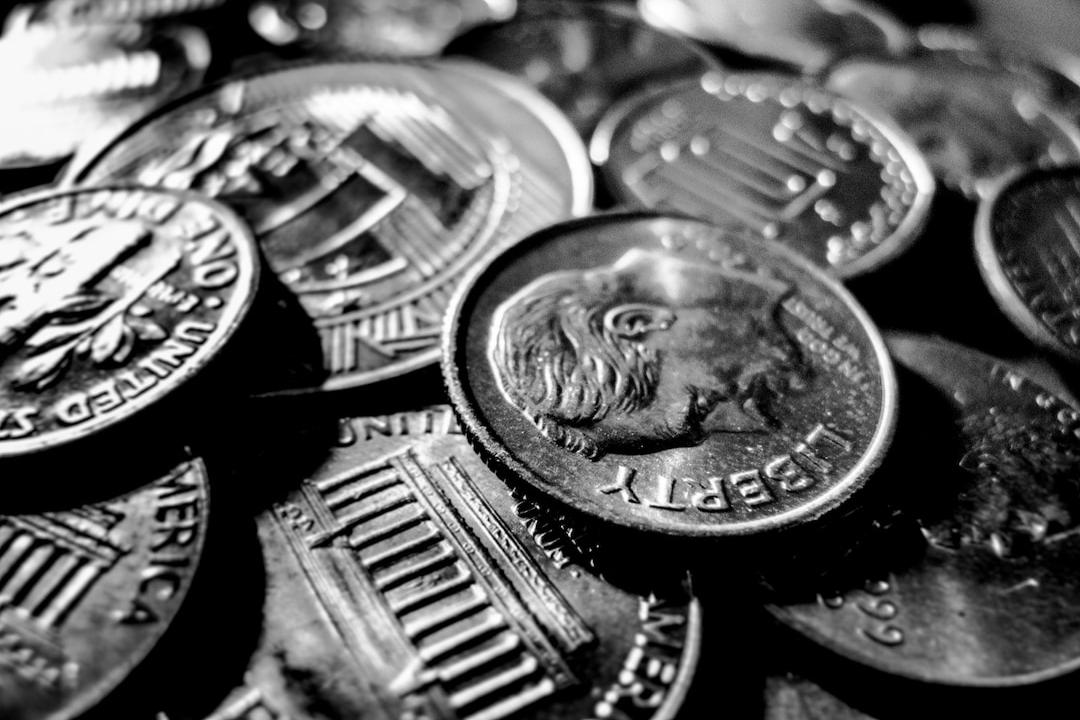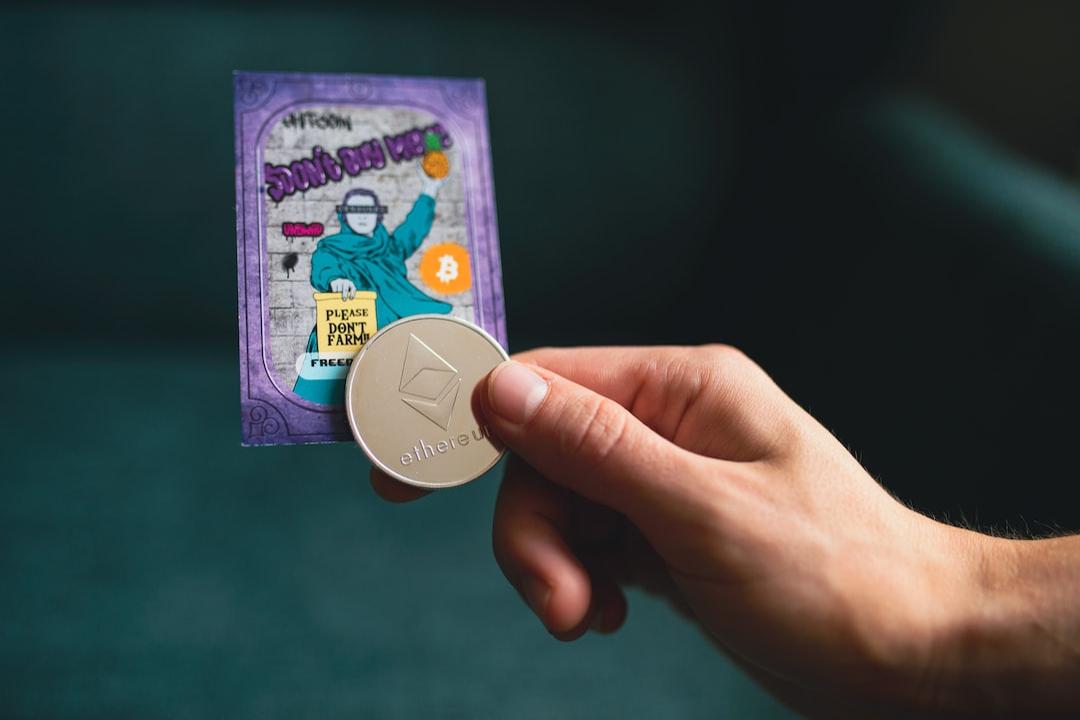“A.I. God” Sold for Over 35 Million NTD
Following the awarding of an art prize to a work created by AI, Midjourney, at the Colorado Exhibition in the United States for two consecutive years, AI-generated artwork has once again attracted attention. A portrait of computer scientist Alan Turing, painted by an AI humanoid robot, was recently sold at auction for approximately 1.08 million USD (around 35 million NTD).
Titled “A.I. God,” the artwork portrays Turing as the god of AI. The auction took place last week at Sotheby’s. According to information on the website, the estimated price range was originally between 120,000 and 180,000 USD, but the final selling price of slightly over 1.08 million USD far exceeded expectations. The auction for “A.I. God” received over 27 bids and was ultimately purchased by an anonymous American buyer.
“Today, the first artwork created by a humanoid robot artist sets a record in the auction world. This is a significant moment in the history of modern and contemporary technology, reflecting the increasing intersection of AI technology and the global art market,” said Sotheby’s.

“A.I. God” painted by Ai-Da, featuring Turing as the subject.
Image / Sotheby’s
Created by a team of 30 individuals, the robot that painted “A.I. God” is named Ai-Da, inspired by Ada Lovelace, the 19th-century British mathematician and recognized as the world’s first programmer. Ai-Da’s head is designed to resemble a human female, with short hair, while her limbs remain exposed in their mechanical form.
Ai-Da was developed collaboratively by contemporary artist Aidan Meller and a team of nearly 30 individuals. According to information on their official website, Ai-Da can paint using cameras positioned as eyes, AI algorithms, and mechanical arms. Since her debut in February 2019, Ai-Da’s artworks have been featured in multiple exhibitions and even held solo exhibitions, gaining some recognition internationally.
Ai-Da has also given several speeches, including one at Westminster Abbey in the UK in 2022 for Members of Parliament and at the AI for Good Summit organized by the United Nations this year.
The birth of “A.I. God” initially came about because Meller wanted Ai-Da to create some artworks for the AI for Good Summit and received Ai-Da’s suggestion to paint a portrait of Turing. Turing is acclaimed as the father of computer science and AI, having predicted the development of AI technology as early as the 1950s and designing the “Turing Test” to determine whether AI possesses consciousness.
Although the decision for the subject matter was straightforward, the actual process of creating the artwork was quite complex. To paint “A.I. God,” Ai-Da analyzed photographs of Turing and created up to 15 different paintings based on different parts of his face. Three of these paintings, along with an additional one of the Bombe (a device used by Turing and other cryptographers during World War II to decrypt German codes), were selected and uploaded into a computer.

Ai-Da has a face resembling that of a human female, but her hands are exposed as mechanical arms.
Image / Ai-Da
Subsequently, the team utilized Ai-Da’s model to merge the uploaded data into a new painting, which was then printed on canvas using a 3D printer and finished by Ai-Da’s assistants and her own hand, completing the artwork titled “A.I. God.”
This is not the first time that AI artwork has sold for a high price. Meller stated that the tremendous response the painting received at the auction exceeded their expectations, and he mentioned feeling slightly surreal as the auction reached its conclusion. In fact, AI creations have previously appeared at auctions. The New York Times reported that in 2018, an AI-generated portrait was sold at Christie’s for approximately 430,000 USD, more than 40 times the initial estimated price. During the NFT boom, visual artist Refik Anadol also presented “Machine Hallucination,” an NFT artwork created using various space photographs and trained with generative adversarial networks.
The proceeds from the sale of “A.I. God” are expected to be used for the improvement of Ai-Da. Meller revealed that they have devoted all resources to this project, continuously enhancing the robot. The new mechanical arm used by Ai-Da for painting is already prepared.
When asked why Ai-Da was created and given the ability to paint, Meller mentioned that the greatest artists in history have always been engaged in a struggle with their time, celebrating the changes occurring while critically examining them. Ai-Da is an exploration of the perfect artist for today’s technological development, continuously questioning the power of AI and the global competition surrounding it, and pondering where it will lead humanity.
Additional reading:
Forcing PX Mart to Adjust Its Shelves! 18-year-old Medion undergoes transformation every 6 years. How will it play with “dynamic pricing” this time?
Sources:
The New York Times, CaiXing, Reuters
Responsible editor: Li Xiantai

